Anti-submarine bombers RUR-4A Weapon Alpha (USA)
Anti-submarine bombing bombs in service proved to be a good idea during the recent war, but some of their peculiarities did not suit the military. For example, the Hedgehog system sent depth charges to the 24 target, but differed with long recharging. The American Mousetrap, in turn, had 4 or 8 guides, which accelerated the preparation for shooting, but reduced firepower. In addition, both bombs showed a firing range of no more than a few hundred meters, and their ammunition carried only 14-15 kg of explosives.
The existing anti-submarine complexes no longer met the requirements of the time, and as a result, in 1946, a new program was launched, under which it was planned to develop an improved version of the anti-submarine ammunition and corresponding means of launching it. Development perspective weapons was assigned to the Naval Artillery Test Station (Naval Ordnance Test Station or NOTS) in China Lake (California). The specialists of the station had a great experience in the development, testing and operation of ship armaments, and therefore could well cope with the tasks assigned.
Soon, the basic requirements for a new depth bomb were identified. One of the main claims to existing weapons was associated with a short range of fire. Calculations showed that in order to raise this parameter to an acceptable level, it is necessary to abandon the “artillery” principles of firing. Increased range could show only a bomb with a jet engine. Such products were developed by NOTS in the future.
It was proposed to create two ammunition at once, using similar principles of operation, but differing in basic characteristics. The depth bomb called Weapon A (Weapon A) was supposed to carry 250 pounds of explosive (just over 113 kg), and the Weapon B product was proposed to equip 50-pound (less than 23 kg) with a warhead. In this case, both samples were to receive the hull of similar design and be equipped with their own solid-fuel engines.
Soon after the formation of the overall appearance of the bombs, their approximate prospects were determined. Experts believe that 23 kg of explosives can not pose a serious threat to modern and promising submarines. As a result, the project “B” was closed in the absence of real prospects, and all efforts focused on the product with the symbol “A”. Subsequently, the letter from the name of the project began to decipher as Able or Alpha. The latter option was later part of the unofficial name of the entire complex - Weapon Alpha.
The depth bomb "Alpha" was not distinguished by the complexity of the design, although it had some curious features. Most of the product with a length of 2,6 m fell on the main body, made in the form of a streamlined device with a maximum diameter of 12,75 inch (324 mm). A tubular shank with a diameter of 133 mm, which served as the body of a jet engine, was attached to the conical rear part of the body. A ring stabilizer was placed on the shank. The most interesting feature of the bomb was the material of the hull of the warhead. Instead of traditional metals in the new project it was proposed to use plastic with the required indices of strength.
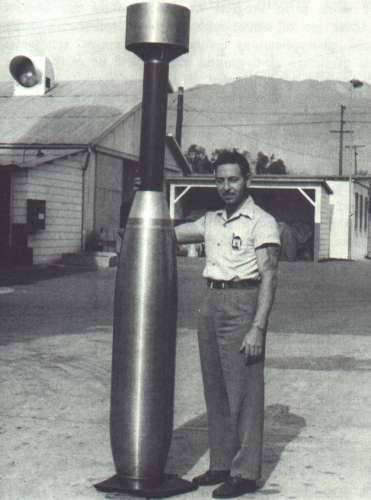
Ammunition RUR-4A. Photo by US Navy
Depth bomb Weapon A of the first version, subsequently adopted as Mark 1, weighed 238 kg, of which 113 kg accounted for the explosive charge. The warhead was completed with a new-type magnetic fuse. Its use made designers use a non-magnetic plastic case. Also provided for a separate fuse, triggered at a given depth. Using the existing engine, the bomb could reach a speed of up to 85 m / s in flight, fly away from the carrier by 700 m and sink at a speed of more than 11 m / s. The minimum shooting range was determined in 270 m.
The new high-performance depth bomb could not be used with existing launchers, which is why the staff of the NOTS station had to develop another project as part of a larger program. Unusual requirements were placed on the launcher for the Alpha bomb. The customer wanted to get the most automated complex that works with the minimum possible human participation. It was also required to ensure flexibility of application, in particular - the possibility of changing the firing range. To simplify the re-equipment of ships, it was proposed to create a launcher based on one of the existing artillery systems.
It was proposed to simplify the production and operation of new weapons by using a significant number of assemblies and assemblies of the existing artillery turret type, previously developed for 127-mm guns. The new project implied the use of certain units of the tower and the means of its installation, whereas the internal volumes of the tower and the below-deck rooms had to be processed very seriously. In addition, some new devices appeared on the outer surface of the tower.
A turning tower with a light armored body of a rounded shape, formed by a vertical, round in plan and hemispherical roof, should have been located above the deck of the carrier ship. In different parts of the board provided for the preservation of hatches for access to the inside. In front of the roof remained a large rectangular embrasure for withdrawal of the barrel launcher. Directly behind the barrel, a new unit was placed - a gas deflector of complex curved shape, necessary to protect the ship by venting the jet of the jet engine upwards.
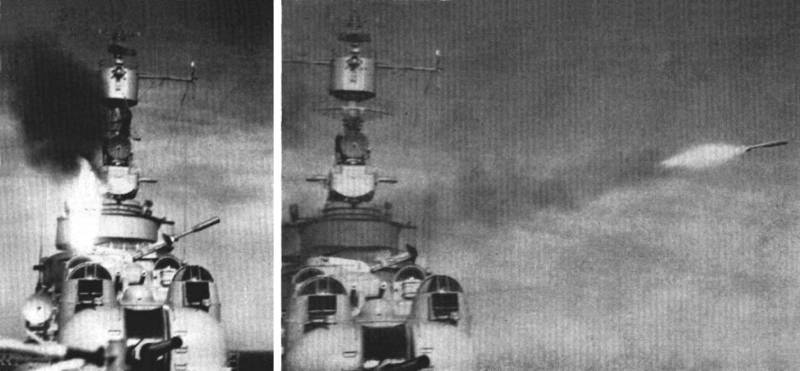
The leader of the destroyers USS Wilkinson (DL-5) uses a complex of Weapon Alpha, 1956 g. Photo by US Navy
The 324-mm smooth barrel, swinging from horizontal to vertical, was to be used to launch the bomb. Changing the elevation angles made it possible to adjust the firing range. Due to some features of the design, the shot could be carried out only at angles up to + 85 °. Muzzle section of the barrel was equipped with a removable lid. In addition, next to him was a conical rubber skirt, which, when fired, protected the embrasure of the installation from the rocket's jet gases.
In the deck of the ship carrier should be located means of storage and supply of ammunition. Bombs ready to use ammunition placed vertically in a circular conveyor. With the help of an appropriate rammer, depth charges during reloading were sent to the barrel. Depending on the size of the ship and the amount of available space, additional ammunition could be placed next to the conveyor. The overload of the bombs from the racks to the conveyor was carried out by the crew independently, with the help of some technical means.
The turret with a launcher for jet depth charges had electrical control systems that ensured its rotation with horizontal guidance, as well as the rise of the barrel-guide to the desired angle of elevation. The ignition of a solid fuel engine also occurred by electric impulse. The operator of the complex was to receive target designation from a sonar station. Initially, the SQG-1 hydroacoustic complex was considered as the main search tool for underwater targets. As such equipment was developed and ships were upgraded, anti-submarine bombers could interface with other systems.
The launcher for the Alpha bombs in the basic version weighed a little more than 10,3 tons. Later it was modified, as a result of which, the Depth bombs weighed more than 1,1 tons.
The use of modern means of search and target designation, differing in enhanced characteristics, made it possible to abandon salvo firing and send one bomb to the target, obtaining acceptable accuracy. Shooting a new complex looked like this. In preparation for the shot, the barrel was transferred to a vertical position, after which the rammer raised a bomb into it. Further, the trunk was displayed at an elevation angle corresponding to the required range. At the command of the operator a shot was made. The depth bomb Weapon A flew through the muzzle of the guide, and the jet gases exited through the open breech and with the help of the deflector of the tower were directed strictly upwards, without harming the ship. Immediately after the shot, the complex could perform a recharge. By automating core processes, the rate of fire reached 12 shots per minute.
Having flown a predetermined distance, the bomb fell into the water and began to sink at a sufficiently high speed. Upon detection of the target, the magnetic fuse gave the command to undermine. Otherwise, the warhead was undermined at the maximum depth. When firing at the maximum range, the bomb remained in the air for 10,9 seconds. Achieving a depth of 200 feet (61 m) when shooting at a maximum range required a little more than 26 seconds.
The new anti-submarine complex was based on original ideas and due to this it had noticeable advantages over the existing ones. The main advantages of the new development were the possibility of changing the firing range and increasing the maximum values of this parameter, as well as the use of a more powerful warhead. The use of a swinging tower, in turn, made it possible to fire in almost any direction, and not only forward, as was the case with the Hedgehog and Mousetrap systems. More modern sonar equipment increased the likelihood of target detection and gave more accurate target designation, which also had a positive effect on the results of the shooting.
The project of a promising depth bomb and launcher for it was completed in 1950. Soon, prototypes of such weapons were built and tested. During inspections at landfills and test ships, the new bomb launcher proved to be good, so it was recommended for adoption and use fleet.
The turret launcher for depth charges received the official designation Mark 108. The bomb was adopted under its own name Weapon Alpha. This designation was used until the early sixties, after which the US Navy introduced a new designation. From 1963, the depth bomb "Alpha" was designated as RUR-4A. Under the designations RUR-4A and Mk 108, anti-submarine weapons of new types were operated until the moment they were removed from service.
As the development and mass production in the design of the launcher and depth charge made some changes. So, the product Mark 108 over time received an updated composition of the onboard units, as well as noticeably heavier. Bomb Weapon A / RUR-4A has undergone other modifications aimed at improving the basic characteristics.
It was proposed to improve the bomb using a more powerful jet engine. By increasing its charge, it was possible to bring the maximum flight time to 14,2 from, and the range to 890. The flight to the maximum range and dive to 200 feet now took 33 seconds. Despite the strengthening of the engine and improved performance, the dimensions and weight of the product have not changed. No modifications to the launcher were required. After adopting a new depth bomb, the base ammunition received the additional designation Mark 1. The upgraded product, respectively, was called the RUR-4A Mark 2.
According to the plans of the American command, adopted at the very beginning of the fifties, in the very near future the anti-submarine complex Weapon Alpha was to become the main armament of the fleet in its class. As a consequence, all new-built ships that need anti-submarine weapons, from a certain time, were equipped only with Mk 108 installations. Start-up complexes of previous models are no longer used. As a result, the Alpha received several dozen ships of a number of classes and types.
Depending on the type and, accordingly, the size of the ship carrier could get from one to several launchers. Thus, the leader of the destroyers USS Norfolk (DL-1) and the ships following it carried four systems RUR-4A at once. A pair of launchers were located on the roof of the nose of the superstructure, directly in front of the bridge. The interior of this part of the superstructure was given for storage of ammunition. A couple of other installations were located in the stern. Smaller ships could carry one or two Mark 108 systems, including with reduced ammunition.
In total, the US Navy received several dozen RUR-4A Weapon Alpha complexes. In addition, such weapons in the order of allied aid were supplied to the Japanese self-defense forces. Several Japanese ships of their own and foreign construction were equipped with American weapons.
Despite the complexity of the international situation at that time, the depth charges RUR-4A were never used during a real armed conflict. Bombers were used regularly in various exercises and with varying success attacked a conditional opponent. The real submarines of the probable enemy have never been subjected to firing from such weapons.
Until about the beginning of the sixties, the Alpha complex remained the main anti-submarine armament of American surface ships. Later, the share of such systems began to decline due to the emergence of other complexes with other capabilities. The appearance of the anti-submarine missile system RUR-5 ASROC was a serious blow to the bombers: it used a special missile carrying a torpedo or nuclear depth bomb. Such a complex could attack targets at ranges up to 17-19 km.
Featuring an increased range of fire, the missile system was of greater interest to the armed forces. As a result, from a certain time, the production of older bombs was discontinued, and the new RUR-5 system became the main means of fighting submarines. However, over the next few years, Weapon Alpha complexes remained in service and were not written off.
Bombers RUR-4A Alpha began to be removed from service in the mid-sixties. The rapid development of technology led to the rapid renewal of the fleet, because of which the carriers of such weapons became obsolete and written off. Together with them, various on-board armaments were sent for disassembly. The last American Alphas were decommissioned in 1969. The Japanese self-defense forces used this weapon longer, but over time, they also abandoned it in favor of newer systems, delivering the warhead to the target using a combination of missiles and torpedoes.
The vast majority of built launchers and unused depth charges were disposed of as unnecessary. Only a few Mark 108 type towers were saved and transferred to museums. Often, along with them, models of depth bombs of Weapon A. are also displayed. All such exhibits are found only in American museums.
During the Second World War, bomb bombers showed themselves well, and also clearly demonstrated all the advantages over the “traditional” fodder bomb throwers. Due to this, in the first post-war years, the idea of throwing depth charges was developed using modern techniques and equipment, as a result of which the RUR-4A Weapon Alpha complex was adopted. Nevertheless, science and technology did not stand still, because of what, in the early sixties, the US Navy received the first anti-submarine missiles, which were distinguished by even higher characteristics. In the future, the new concept was developed, and bombs in the existing form were abandoned. The Alpha system was the last representative of its class, created in the USA.
On the materials of the sites:
http://navweaps.com/
http://designation-systems.net/
http://secretprojects.co.uk/
http://strangernn.livejournal.com/
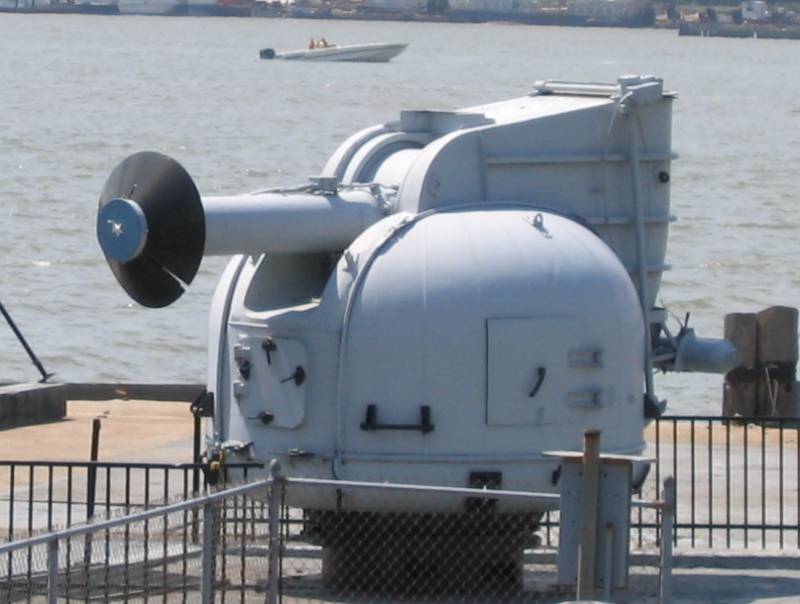
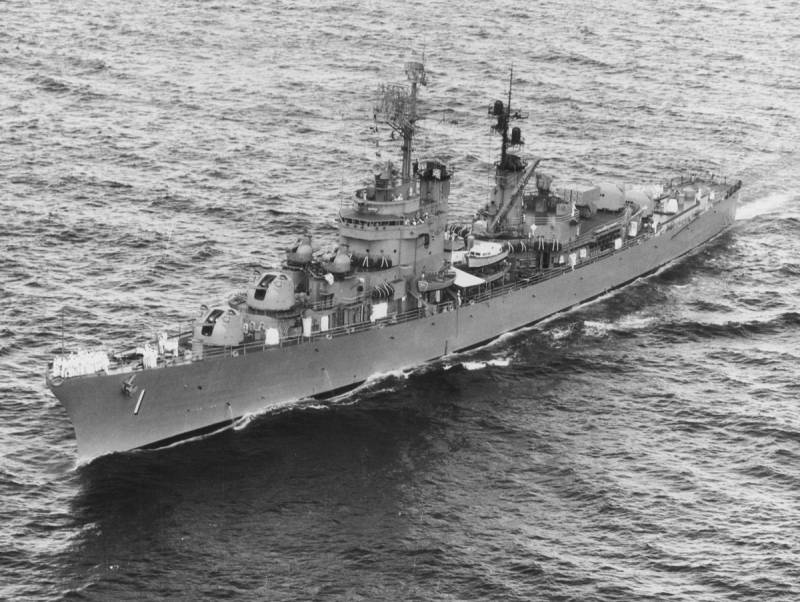
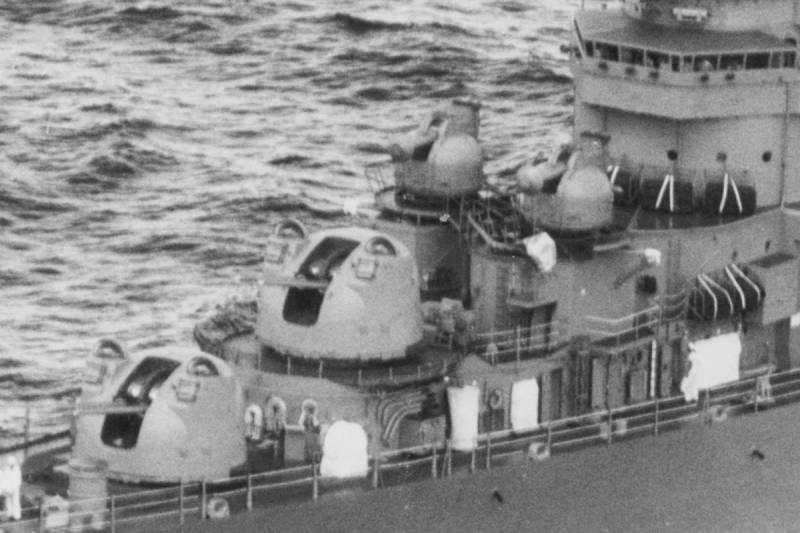
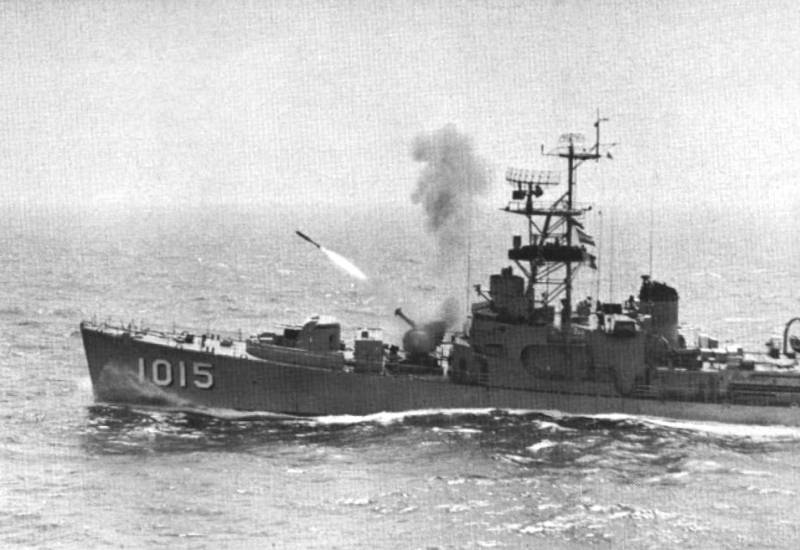
Information